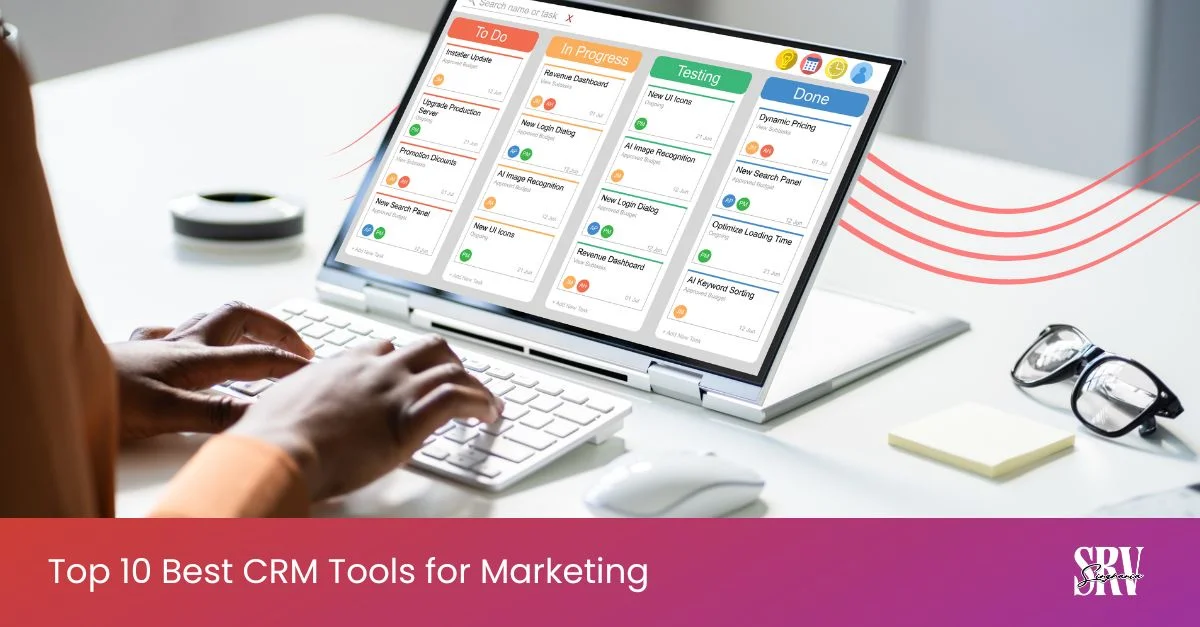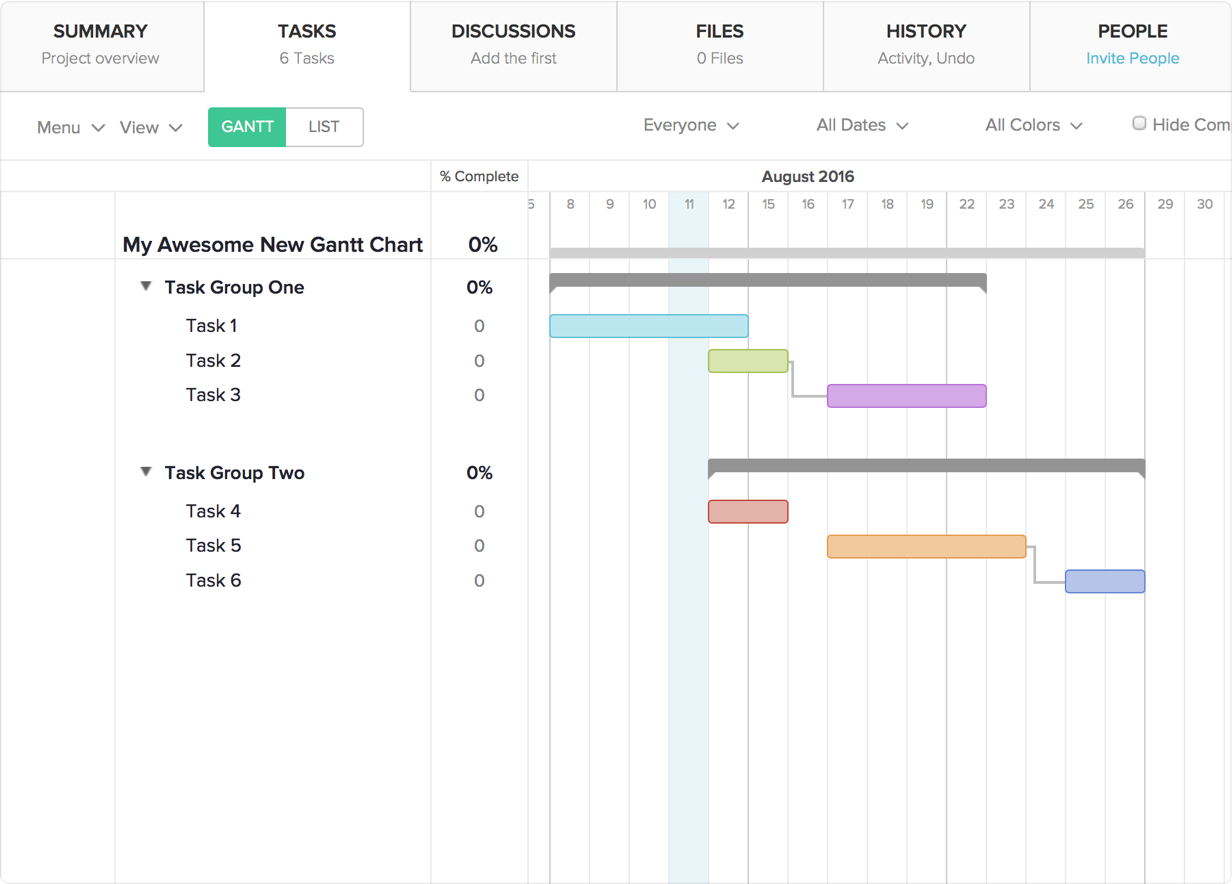
Mastering CRM Marketing: Your Ultimate Guide with Video Tutorials
In today’s fast-paced digital landscape, businesses are constantly seeking ways to connect with their customers on a deeper level, nurture leads, and drive sales. One of the most powerful tools in achieving these goals is Customer Relationship Management (CRM) marketing. CRM marketing is more than just a buzzword; it’s a strategic approach that leverages customer data to personalize interactions, improve customer experiences, and ultimately, boost your bottom line. This comprehensive guide, complemented by insightful video tutorials, will walk you through the intricacies of CRM marketing, empowering you to harness its full potential.
What is CRM Marketing?
At its core, CRM marketing revolves around using a CRM system to manage and analyze customer interactions and data throughout the customer lifecycle. This includes everything from initial contact and lead generation to ongoing support and loyalty programs. Unlike traditional marketing methods that often rely on mass communication, CRM marketing focuses on creating personalized experiences tailored to individual customer needs and preferences. By understanding your customers better, you can deliver targeted messages, offer relevant products and services, and build lasting relationships.
The benefits of CRM marketing are numerous. It allows you to:
- Improve Customer Satisfaction: Personalization makes customers feel valued and understood.
- Increase Customer Loyalty: Building strong relationships leads to repeat business.
- Boost Sales and Revenue: Targeted marketing campaigns are more effective.
- Enhance Marketing ROI: Data-driven insights enable more efficient spending.
- Streamline Sales Processes: CRM automates tasks and improves team collaboration.
Getting Started with CRM Marketing: A Step-by-Step Guide
Embarking on your CRM marketing journey can seem daunting, but with a strategic approach, you can set yourself up for success. Here’s a step-by-step guide to help you get started:
Step 1: Choose the Right CRM System
The first step is selecting a CRM system that aligns with your business needs and budget. There are countless CRM platforms available, each offering different features and functionalities. Consider the following factors when making your choice:
- Scalability: Can the system grow with your business?
- Integration: Does it integrate with your existing tools (e.g., email marketing, social media)?
- Ease of Use: Is the interface user-friendly and intuitive?
- Features: Does it offer the features you need (e.g., contact management, sales automation, reporting)?
- Pricing: Is the pricing model affordable for your business?
Popular CRM systems include Salesforce, HubSpot, Zoho CRM, Microsoft Dynamics 365, and Pipedrive. Researching different options and comparing their features is crucial. Consider exploring free trials to experience each platform firsthand.
Video Tutorial Recommendation: Search YouTube for “CRM System Comparison” or “Choosing the Right CRM for Your Business” for helpful visual guides.
Step 2: Define Your Marketing Goals and Objectives
Before diving into CRM implementation, define your marketing goals and objectives. What do you want to achieve with CRM marketing? Examples include:
- Increasing sales revenue by a certain percentage.
- Improving customer retention rates.
- Generating more qualified leads.
- Enhancing customer satisfaction scores.
Setting specific, measurable, achievable, relevant, and time-bound (SMART) goals will help you track your progress and measure the success of your CRM marketing efforts. This will provide a roadmap to measure success.
Video Tutorial Recommendation: Look for videos titled “Setting SMART Goals for Your CRM” or “Defining Your CRM Marketing Strategy.”
Step 3: Import and Organize Your Customer Data
Once you’ve chosen your CRM and defined your goals, it’s time to populate your system with customer data. This data is the foundation of your CRM marketing strategy. Gather and import data from various sources, such as:
- Website forms
- Email lists
- Social media profiles
- Purchase history
- Customer service interactions
Organize your data into meaningful segments based on demographics, behavior, purchase history, and other relevant criteria. This segmentation allows you to tailor your marketing messages and campaigns to specific customer groups. Data hygiene is critical; regularly clean and update your data to ensure its accuracy.
Video Tutorial Recommendation: Search for “Importing Data into Your CRM” or “Data Segmentation in CRM.”
Step 4: Implement Marketing Automation
Marketing automation is a cornerstone of effective CRM marketing. It involves automating repetitive tasks, such as sending emails, nurturing leads, and tracking customer behavior. This frees up your team to focus on more strategic initiatives.
Common marketing automation workflows include:
- Welcome emails: Automatically sent to new subscribers or customers.
- Lead nurturing campaigns: Providing valuable content to nurture leads through the sales funnel.
- Behavior-based triggers: Sending targeted messages based on customer actions (e.g., website visits, product views).
- Abandoned cart emails: Reminding customers about items left in their shopping carts.
Video Tutorial Recommendation: Find videos demonstrating “Setting up Marketing Automation Workflows” or “CRM Automation for Beginners.”
Step 5: Create Personalized Marketing Campaigns
With your data organized and automation in place, it’s time to create personalized marketing campaigns. Tailor your messaging to individual customer preferences and behaviors. Use the data you’ve gathered to:
- Segment your audience.
- Personalize email subject lines and content.
- Recommend relevant products or services.
- Offer targeted promotions and discounts.
A/B test your campaigns to optimize their performance. Experiment with different subject lines, content formats, and calls to action to see what resonates best with your audience.
Video Tutorial Recommendation: Look for videos on “Creating Personalized Email Campaigns” or “A/B Testing in Your CRM.”
Step 6: Track and Analyze Your Results
CRM systems provide powerful analytics tools that allow you to track and analyze the performance of your marketing campaigns. Monitor key metrics, such as:
- Open rates and click-through rates
- Conversion rates
- Customer acquisition cost
- Customer lifetime value
- Return on investment (ROI)
Regularly review your data and make adjustments to your strategies based on your findings. This iterative process of testing, analyzing, and optimizing is crucial for continuous improvement. Track and measure your results and see what is performing well, and what needs improvement.
Video Tutorial Recommendation: Search for “CRM Reporting and Analytics” or “Tracking Your CRM Marketing Performance.”
Advanced CRM Marketing Strategies
Once you’ve mastered the basics, you can explore more advanced CRM marketing strategies to take your efforts to the next level:
1. Customer Segmentation
Segmenting your customer base is critical for delivering targeted marketing messages. Segment your customers based on various criteria, such as:
- Demographics (age, location, income)
- Behavior (website activity, purchase history, engagement)
- Psychographics (interests, values, lifestyle)
- RFM analysis (Recency, Frequency, Monetary value)
By creating detailed customer segments, you can tailor your campaigns to meet the specific needs and preferences of each group. This leads to higher engagement rates and improved conversion rates.
Video Tutorial Recommendation: Explore videos on “Advanced Customer Segmentation Techniques” or “RFM Analysis in CRM.”
2. Lead Scoring and Nurturing
Lead scoring involves assigning points to leads based on their engagement and behavior. This helps you prioritize your sales efforts and focus on the most qualified leads.
Lead nurturing involves providing valuable content and resources to guide leads through the sales funnel. This can include:
- Sending targeted emails.
- Offering free downloads (eBooks, white papers).
- Inviting leads to webinars.
By nurturing leads, you can build relationships and increase your chances of converting them into customers.
Video Tutorial Recommendation: Search for “Lead Scoring and Nurturing Strategies” or “Implementing Lead Scoring in Your CRM.”
3. Cross-Selling and Upselling
CRM data can be used to identify opportunities for cross-selling and upselling. Cross-selling involves recommending related products or services to existing customers. Upselling involves encouraging customers to purchase a higher-priced or premium version of a product or service.
By leveraging CRM data, you can:
- Personalize product recommendations.
- Offer targeted promotions.
- Increase customer lifetime value.
Video Tutorial Recommendation: Look for videos on “Cross-Selling and Upselling Techniques in CRM” or “Boosting Sales with CRM.”
4. Customer Journey Mapping
Customer journey mapping involves visualizing the steps a customer takes from initial contact to becoming a loyal customer. This helps you understand the customer experience and identify areas for improvement.
By mapping the customer journey, you can:
- Identify pain points and friction in the customer experience.
- Optimize your marketing efforts.
- Improve customer satisfaction.
Video Tutorial Recommendation: Search for “Customer Journey Mapping with CRM” or “Improving Customer Experience with CRM.”
5. Social Media Integration
Integrate your CRM system with your social media platforms to gain a 360-degree view of your customers. This allows you to:
- Track social media interactions.
- Monitor brand mentions.
- Respond to customer inquiries in real-time.
- Personalize your social media messaging.
Video Tutorial Recommendation: Look for videos on “Integrating Social Media with Your CRM” or “Social CRM Strategies.”
Choosing the Right CRM Marketing Video Tutorials
Finding the right video tutorials can significantly accelerate your learning curve. Here’s how to choose the best resources:
- Consider the Source: Look for tutorials from reputable CRM vendors, industry experts, and established online learning platforms.
- Assess the Content: Ensure the tutorial covers the specific topics and features you’re interested in.
- Check the Production Quality: Opt for tutorials with clear audio, high-quality visuals, and well-structured content.
- Read Reviews: See what other users have to say about the tutorial’s effectiveness and clarity.
- Focus on Practicality: Prioritize tutorials that provide hands-on examples and actionable tips.
Platforms like YouTube, LinkedIn Learning, and Udemy offer a vast library of CRM marketing video tutorials. Use keywords like “CRM marketing tutorial,” “CRM software tutorial,” or specific CRM platform names (e.g., “Salesforce tutorial”) to find relevant videos.
Common CRM Marketing Mistakes to Avoid
While CRM marketing offers numerous benefits, there are also common pitfalls to avoid. Here are some mistakes to watch out for:
- Poor Data Quality: Inaccurate or incomplete data can lead to ineffective campaigns and wasted resources.
- Lack of Personalization: Generic, untargeted messages will fail to resonate with your audience.
- Ignoring Customer Feedback: Failing to listen to customer feedback and adjust your strategies accordingly.
- Not Integrating CRM with Other Systems: Siloed data prevents a holistic view of your customers.
- Over-Reliance on Automation: Automation should enhance, not replace, human interaction.
- Lack of Training: Insufficient training for your team can hinder CRM adoption and effectiveness.
By being aware of these common mistakes, you can avoid them and maximize the success of your CRM marketing efforts.
The Future of CRM Marketing
CRM marketing is constantly evolving, with new technologies and trends emerging. Here are some of the key developments to watch:
- Artificial Intelligence (AI): AI-powered CRM systems can automate tasks, personalize interactions, and provide predictive insights.
- Machine Learning (ML): ML algorithms can analyze customer data to identify patterns, predict behavior, and optimize marketing campaigns.
- Hyper-Personalization: Using data to create highly personalized experiences tailored to individual customer needs and preferences.
- Voice-Activated CRM: Interacting with your CRM system through voice commands.
- Mobile CRM: Accessing and managing your CRM data on the go.
Staying abreast of these trends will enable you to remain competitive and leverage the latest advancements in CRM marketing.
Conclusion: Embrace the Power of CRM Marketing
CRM marketing is an essential strategy for businesses seeking to build strong customer relationships, drive sales, and achieve long-term success. By following the steps outlined in this guide and utilizing the wealth of video tutorials available, you can master the art of CRM marketing and unlock its full potential. Remember to focus on personalization, data-driven decision-making, and continuous improvement. Embrace the power of CRM marketing and watch your business flourish.
The journey to CRM marketing mastery is ongoing. Continue to learn, experiment, and adapt your strategies to stay ahead of the curve. With dedication and a commitment to excellence, you can transform your customer relationships and achieve remarkable results.


